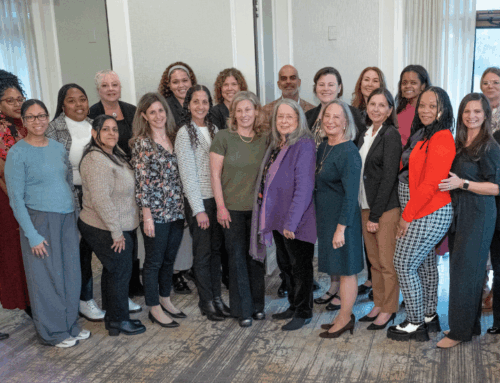Several advisors have shared with us recently that they’re fielding more questions about charitable gift annuities (CGAs). It’s quite possible that CGAs are landing on clients’ radars these days for a couple of reasons:
A $54,000 opportunity
Word is finally getting out about the availability of a one-time Qualified Charitable Distribution transfer via a “split-interest gift” such as a CGA or a charitable remainder trust (CRT) under the “Legacy IRA” provisions enacted a couple of years ago. Adjusted for inflation, the ceiling for 2025 is $54,000. Because the law effectively mandates that the CGA or CRT be created solely for the purpose of receiving a QCD, your clients may gravitate toward the CGA, which is less complicated than going through the process of creating a relatively small CRT.
Payout rates are still high
Current charitable gift annuity payout rates, as suggested by the American Council on Gift Annuities (ACGA), are generally higher than in previous years. Rates were increased in January 2024 and remain in effect for 2025. With the status of interest rates unpredictable as 2026 approaches, some clients may want to take advantage of a CGA this year.
So what do you need to know about how and why a charitable gift annuity can be an effective planning tool for some clients? Here are the basics:
- Through a charitable gift annuity, your client makes a transfer of assets to a charitable organization and in return receives a lifetime income stream and a partial tax deduction.
- When the client dies, the remaining funds are retained by the charity.
- The charitable donation portion of the transaction is calculated based on Internal Revenue Service rules for determining the amount of the contribution that is in excess of the present value of the annuity (these are the rates that are relatively high right now).
- Your client can fund a charitable gift annuity with a variety of assets, including marketable securities and cash.
- Actuarial calculations are used to establish the payout amounts, paid in equal installment payments that are considered a partial tax-free return of the client’s original gift.
- Generally a large residual flows to the charity after the client’s death.
- The charity’s own assets, not just the donated assets themselves, back the annuity payouts. Because of this dynamic, charitable gift annuities are regulated by most states to ensure that the charity has enough reserves to meet obligations.
We’re Here to Help
Please reach out to the Princeton Area Community Foundation team when a client asks about charitable gift annuities or any other type of charitable gift. Keeping up with the rules and regulations for charitable gifts of all kinds is one of the many ways our team is here to help you serve your charitable clients. We’re honored to be your first call on all things philanthropy!
For more information, contact Steven Spinner, at sspinner@pacf.org or Gabrielle Markand, at gmarkand@pacf.org.





